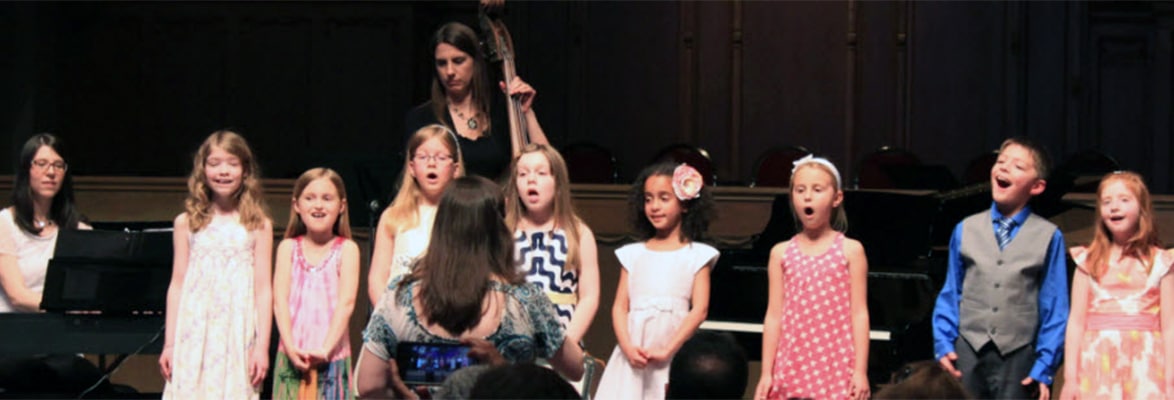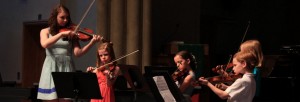The Joy of Sharing Music: Participating in an Ensemble
by Laura Mason
The musical benefits of participating in an ensemble are innumerable. Students learn to hone skills like awareness of blend and balance, intonation, accuracy in keeping beat, and attention to detail when reading music. Beyond these benefits though, participating in a musical ensemble can be just plain fun. In fact, several studies have shown that our bodies release endorphins when we participate in synchronized movement activities such as group dance or music making. Here are three more positive emotions which participating in an ensemble promotes; emotions that can color a student’s musical experience with joy.
Connection and Trust – As humans one of our primary needs is social connection. When students come together in an ensemble they are working towards a common goal and sharing a common interest, building connections and relationships with those around them. The bonus is that their common interest, music, is a powerful connector itself. Music has been a key element in forming bonds in groups and cultures around the world for years. It’s a supportive environment with the powerful vehicle of music to propel cooperation and consequently fuel trust.


Participating in an ensemble truly is a place for musical, academic, and social-emotional growth. When a student participates in an ensemble, they are not only forming life skills, they are also forming relationships. They are not only making music, they are making memories.
Laura Mason is a guest blogger and educator for our music school. She teaches voice, piano, and Kindermusik. In addition, Laura organizes and directs our Studio Singers offerings and our Musical Theatre summer camp.



Leave a Reply